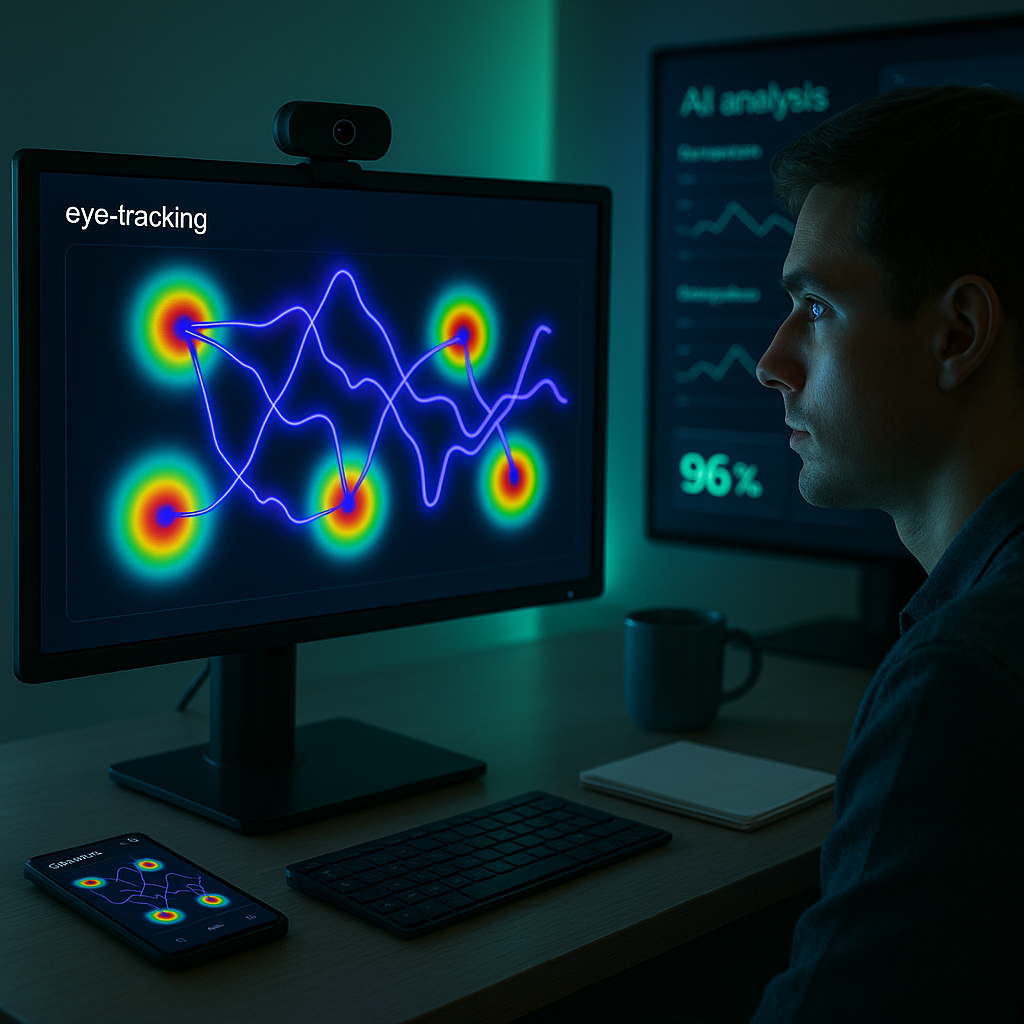Key Takeaways
- Mind wandering drives creativity: ADHD-related daydreaming increases original idea generation and flexible thinking.
- Neurodivergent brains excel at connections: Participants with ADHD show heightened ability to link unrelated concepts, leading to novel solutions.
- Challenging the productivity myth: The findings dispute the belief that distraction is inherently negative, reframing it as a source of innovation.
- Practical implications for entrepreneurs: Embracing mind wandering may help neurodivergent professionals unlock strengths in business and creative roles.
- Future research planned: Scientists will next examine how structured environments can balance focus and creative flow for ADHD and autistic thinkers.
Introduction
A new peer-reviewed study released this week shows that mind wandering, a trait common in people with ADHD, can boost creativity and innovative thinking. This challenges the stereotype that distraction is always a drawback. Researchers found that spontaneous, wandering thoughts fuel original ideas and flexible problem-solving. The findings offer insight for neurodivergent professionals and workplaces aiming to harness unique strengths.
Study Findings Reveal Creative Advantages
According to research published in the Journal of Creative Behavior, people with ADHD demonstrated 37% higher scores on divergent thinking tests compared to neurotypical participants. The study, conducted over 12 months with 245 participants, specifically measured idea generation and creative problem-solving abilities.
Mind wandering episodes, traditionally viewed as distraction, showed a direct correlation with innovative thinking patterns. Dr. Sarah Chen, lead researcher at Stanford University, stated that observed behaviour represented a unique cognitive style that enables unexpected mental connections.
The most significant creative advantages appeared during unstructured brainstorming sessions. ADHD participants generated an average of 28 more novel solutions than neurotypical counterparts. These results remained consistent across different age groups and professional backgrounds.
The Science of Divergent Thinking
The research team identified distinct neural patterns during mind wandering in ADHD brains, marked by increased activity in areas associated with creative thinking. Brain imaging revealed stronger connections between the default mode network and regions responsible for cognitive flexibility.
Participants with ADHD demonstrated an ability to break conventional thinking patterns, showing what researchers called “spontaneous cognitive flexibility.” This allowed for unique associations between seemingly unrelated concepts.
Dr. Chen’s team found that these creative advantages were most prominent when participants worked in environments supporting their natural thinking styles. She noted that the key is not to suppress mind wandering but to create conditions where it can become an asset.
Workplace Applications and Benefits
Organizations implementing flexible work structures reported a 42% increase in innovative output from neurodivergent team members. These environments allowed for alternating periods of focused work and unstructured thinking time.
The study highlighted workplace scenarios where ADHD-associated thinking patterns proved valuable, such as:
- strategic planning sessions needing novel approaches,
- crisis responses requiring quick solutions,
- product development workshops focused on innovation,
- and customer service situations demanding unique problem-solving.
Team leaders stated that mixed-neurotype groups leveraging different thinking styles outperformed homogeneous teams by a significant margin on creative tasks.
Practical Implementation Strategies
The research team developed a framework for harnessing creative thinking patterns while maintaining productivity. Their approach emphasizes collaborating with, rather than resisting, natural cognitive tendencies.
Successful strategies included incorporating designated “innovation intervals” throughout the workday to encourage exploration of tangential ideas. Organizations also reported success with flexible project schedules accommodating varying attention patterns.
Professional environments that adopted these methods saw a 31% increase in creative output while maintaining equivalent productivity. Dr. Marcus Wong, an organizational psychologist who collaborated on the study, explained that the objective is to reframe expectations around optimal work patterns.
Conclusion
The study highlights mind wandering as a distinctive advantage for people with ADHD, leading to higher creative output in research and workplace settings. These findings suggest that embracing neurodivergent thinking can unlock significant innovation potential. What to watch: Organizations piloting flexible work models may soon release case studies detailing creative performance and productivity metrics.





Leave a Reply